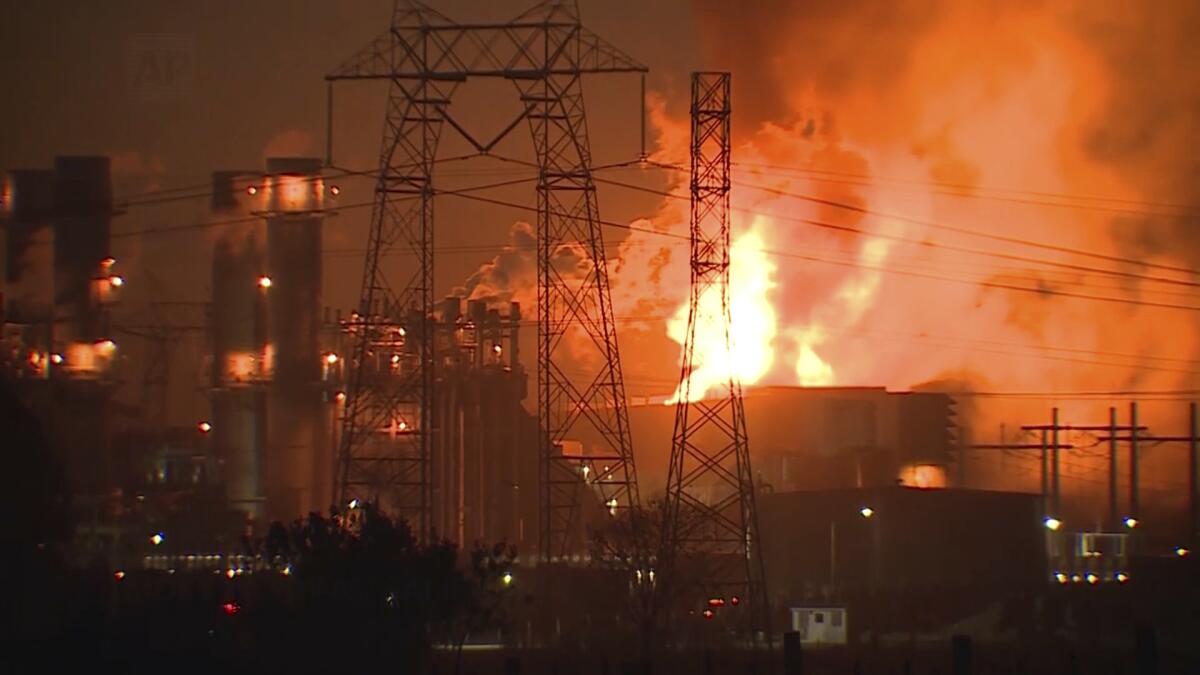On January 16, 2025, a massive fire erupted at the Moss Landing Energy Storage Facility in Monterey County, California, marking a significant setback for the clean energy industry 1 2. This incident, which burned for five days and destroyed approximately 80% of the batteries inside the building, has sparked intense debate about the safety of large-scale lithium-ion battery storage facilities1 3.
The Incident and Its Immediate Impact
The fire at Moss Landing, one of the world’s largest lithium-ion battery storage facilities, prompted the evacuation of 1,200 to 1,500 local residents and closed nearby Highway 1 2 4. Fortunately, no injuries or fatalities were reported, and air quality monitoring by the Environmental Protection Agency (EPA) did not show sufficient release of hydrogen fluoride gas or particulate matter to cause risk to the public2.
Previous Incidents at Moss Landing
While some reports have claimed this to be the fourth fire at Moss Landing, it’s important to clarify:
- September 2021: An overheating incident in Phase 1, causing limited battery damage.
- February 2022: A similar incident in Phase 2, with minimal damage.
- September 2022: A fire at the adjacent PG&E Elkhorn Battery project, contained to one unit.
- January 2025: The current major fire incident 2.
The first two incidents were characterized as overheating events rather than fires, and the third occurred at a separate facility on the same property 2 3.
Calls for Improved Safety and Regulation
This incident has prompted calls for additional safety regulations and local control over battery storage site locations1. Key developments include:
- Assembly Bill 303: Introduced by Assemblymember Dawn Addis, this “Battery Energy Safety & Accountability Act” aims to require local engagement in the permitting process and establish buffer zones for such facilities1.
- Investigation Requests: State legislators have called for an investigation by the California Public Utilities Commission1.
- Local Emergency Declaration: The Monterey County Board of Supervisors declared a local state of emergency and requested that operations remain offline until an investigation is complete1.
Industry and Environmental Implications
The fire at Moss Landing has raised concerns about the future of California’s clean energy industry1. While the incident is seen as a setback, experts like Dustin Mulvaney from San Jose State University suggest it’s unlikely to significantly hinder the energy storage industry in California3. However, it may lead to:
- Stricter fire safety standards and inspection regimes for energy storage systems 3.
- Increased pressure from the insurance industry for more robust safety measures 3.
- A reevaluation of the design and safety features of older battery installations 3.
As California continues to pursue its clean energy goals, balancing the need for large-scale energy storage with community safety concerns will be crucial for the industry’s future 1 3.
Comments are closed.

